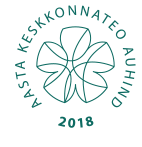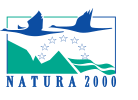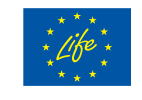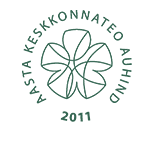|
LIFE and freshwater fish
The latest LIFE Nature Focus publication takes a close look at the work LIFE projects have done to protect threatened freshwater fish species and improve their habitats. The 64-page brochure, LIFE and freshwater fish, highlights the status of key species and the threats they face, as well as providing an overview of LIFE's efforts to improve their conservation status, help in the management of the Natura 2000 network, and meet the targets set by the EU Biodiversity Strategy to 2020.
Since 1992, more than 135 LIFE projects have directly targeted over 50 threatened freshwater fish species listed in the annexes of the EU Habitats Directive or in the IUCN European Red List. Hundreds more projects have indirectly benefitted fish populations through restoration of river, lake and other habitats vital to the lifecycle of freshwater and migratory fish populations.
The publication features a plethora of best practice examples from such LIFE projects across the EU, including in-depth profiles of projects in Denmark, Estonia, France, Italy and Spain. In addition to chapters on habitat restoration, reintroduction and restocking work, actions to overcome river barriers and stakeholder engagement and awareness-raising measures, LIFE and freshwater fish concludes with a set of lessons from LIFE for all those involved in fish species conservation.
WILDLIFE ESTONIA
NGO Wildlife Estonia is established in 2000. Our aim is to protect rivers and other aquatic habitats. We care about the nature, biodiversity and fish in particular.
HABITATS
Springs, rivers and lakes are our common treasure. The more natural status they have the more precious they are.
COMPETENCE
Successful application and implementation of river restoration and fish population status improvement projects. Scientific ichthyology studies with traditional and modern bio-telemetric methods.
Disclaimer on LIFE projects.
LIFE projects are co-financed by the European Union LIFE program. Views and opinions expressed are however those of the author(s) only and do not necessarily reflect those of the European Union. The European Union can not be held responsible for them.
CONTACTS
Eesti Loodushoiu Keskus, registration 80124928,
Address: Veski 4, 51005 Tartu, ESTONIA
Send e-mail:
Contact phone (+372) 51 76886




